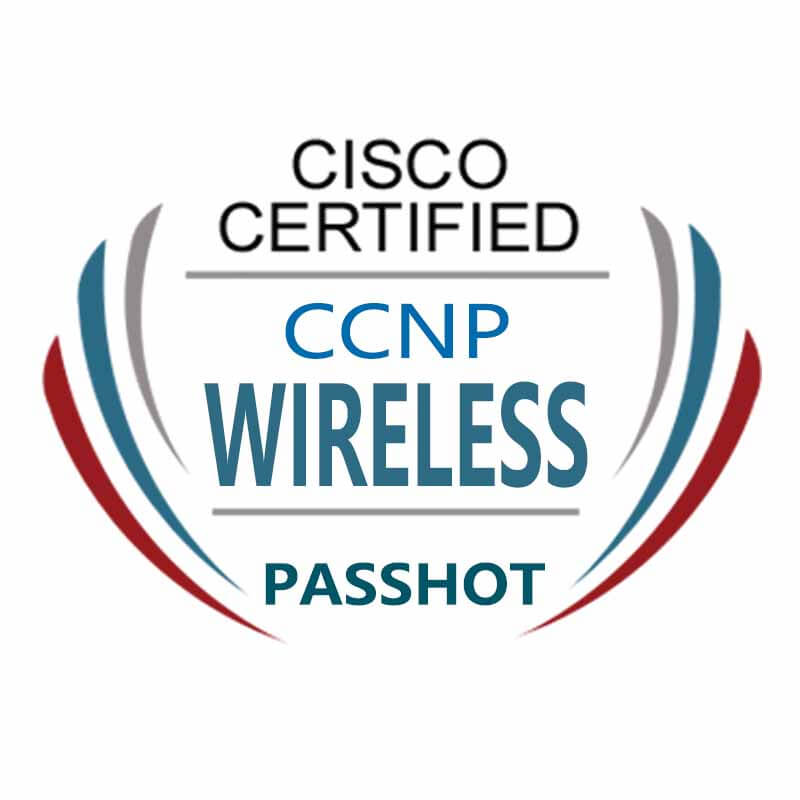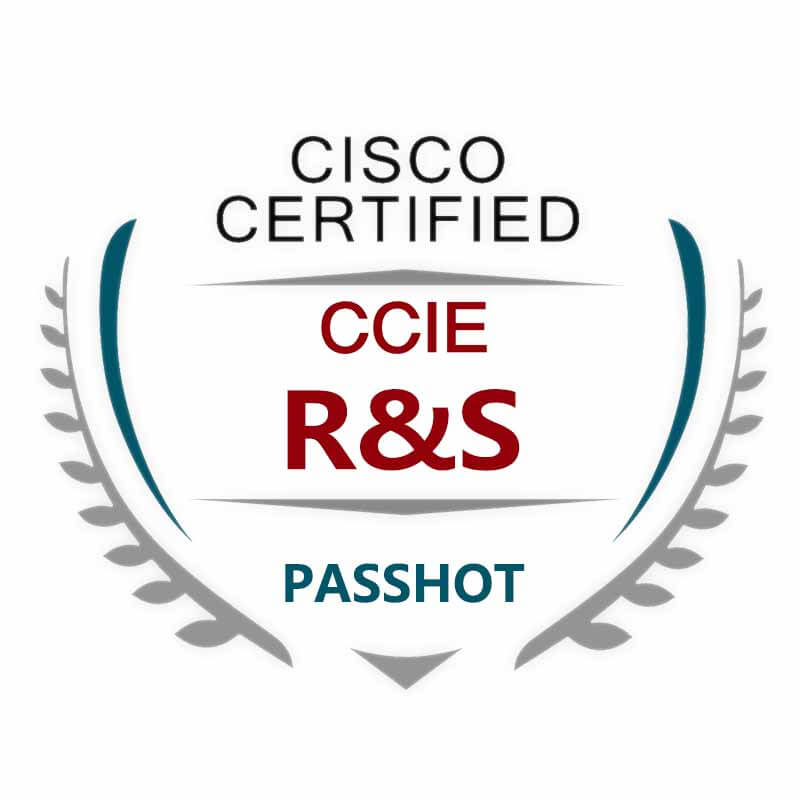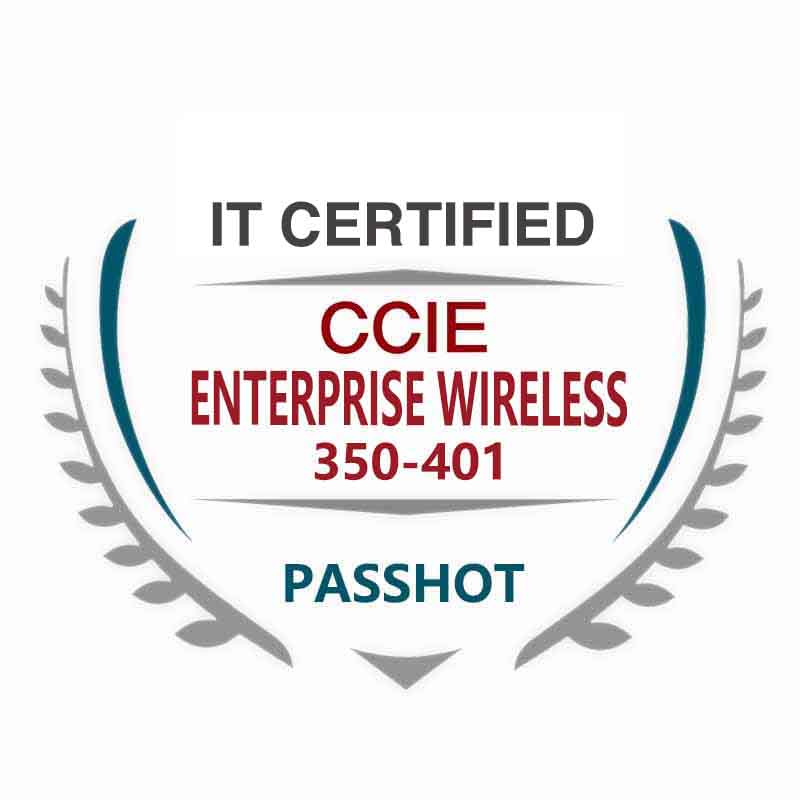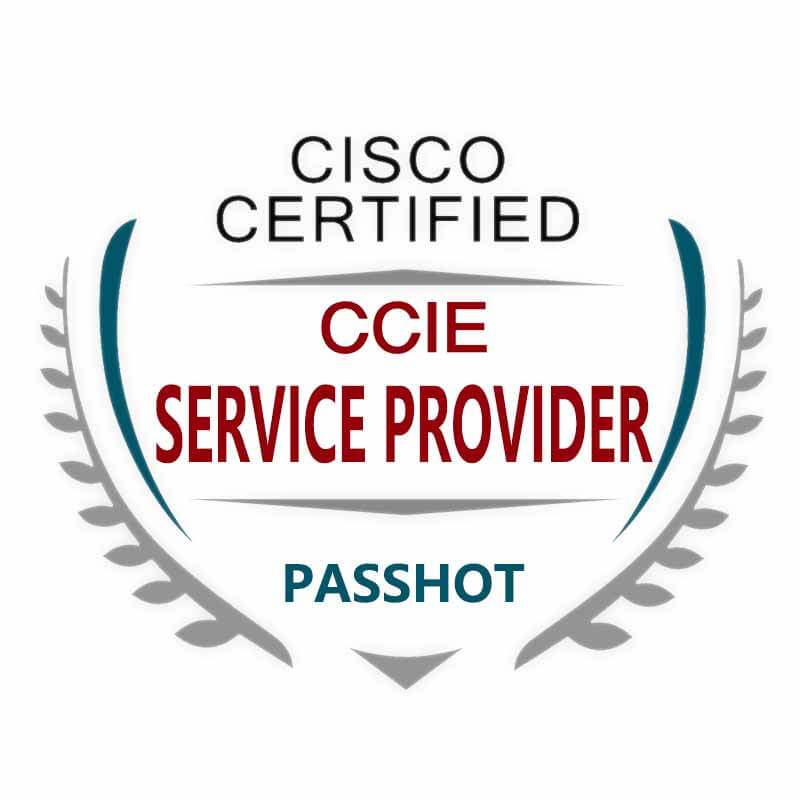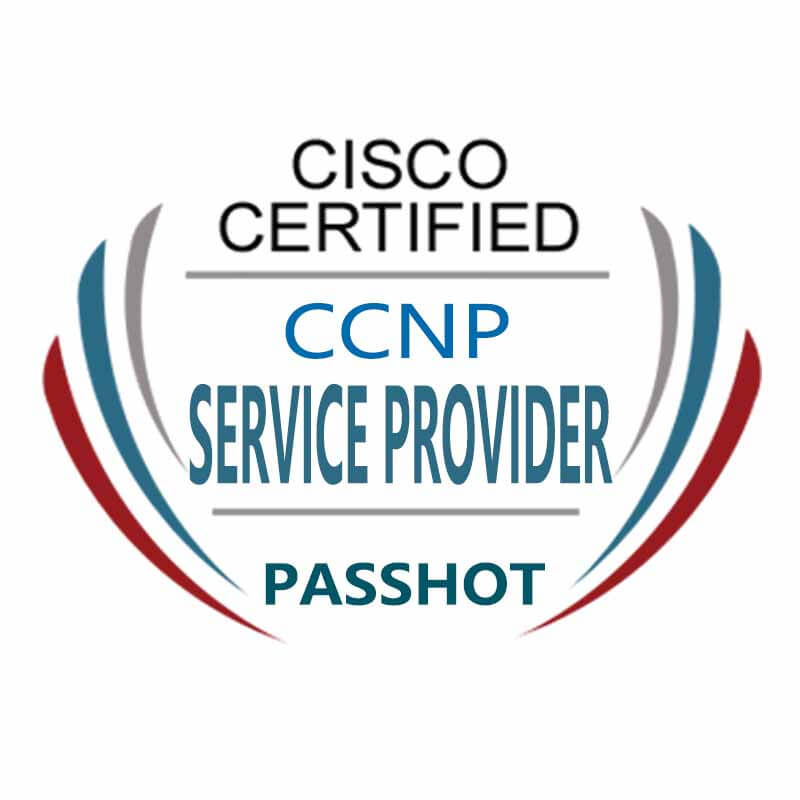100% Pass Cisco, PMP, CISA, CISM, AWS Dumps on SALE!
Get Now
01:59:56
X
2020 the most complete DMVPN knowledge
Problems caused by traditional VPN
1. Too many VPNs make maintenance difficult and take up more equipment performance
2. VPN cannot achieve dynamic switching
3. Suitable for small-scale VPN networks
DMVPN Dynamic Multipoint VPN, is a Cisco private VPN
GRE Generic Routing Encapsulation
GRE general routing encapsulation can support common routing protocols. In essence, it establishes a tunnel, which can transmit a variety of traffic.
Advantages: Support multiple protocols, transmit multiple flows ipv4 ipv6
Disadvantages: just provide a tunnel to ensure specificity.
GRE OVER IPSec
DMVPN has the advantages and disadvantages of GRE VPN
DMVPN + IPSec VPN
The essence of DMVPN: rely on the routing table to decide who to establish a VPN with
DMVPN: set up in a dynamic way. For a tunnel, the key parameters to establish a tunnel are the tunnel's source address and the tunnel's destination address.
MGRE: Multiple VPNs can be established under one interface

How DMVPN works
1) The VPN of HUB and SPOKE is established manually. The purpose is to make HUB and SPOKE logically directly connected, run a dynamic routing protocol, and learn the route of the private network.
Physical address: public network address
Tunnel address: logical address
2) SPOKE and SPOKE VPN are established in a dynamic way
When SPOKE has just started, it runs the NHRP protocol and sends its own NHRP mapping relationship to the HUB.
HUB and SPOKE --- establish VPN --- run routing protocol, learn routing information
When SPOKE visits SPOKE, look up the routing table, get the next hop address (tunnel address) --- NHRP mapping table --- physical address --- use him as the VPN destination address
Routing table NHRP database
DMVPN is essentially a GRE VPN,
To establish GRE VPN, you need the source and destination addresses of the tunnel
Get the next hop address (tunnel address) through the routing table
Get the destination address (physical address) of the tunnel through the NHRP database
Look up the table according to the next hop address of the routing table to get the physical address, and then use the physical address as the tunnel destination address
DMVPN---GRE---The source and destination addresses of the tunnel?
First check the routing table-check the NHRP database-get the destination address
How to generate NHRP database?
When SPOKE just starts, it will send registration information (including the mapping relationship of tunnel-NBMA address) to HUB, and HUB has a complete NHRP information database.
Trigger the establishment of VPN between SPOKE and HUB.
When SPOKE searches the NHRP information database, it finds that there is no corresponding tunnel-NBMA mapping relationship, and queries the HUB.
How to generate routing table?
VPN is established manually between HUB and SPOKE to ensure the logical connection between HUB and SPOKE, and then run the routing protocol to generate routing table
DMVPN configuration steps
1. First ensure that the tunnel source (public network address) can communicate
2. Configure MGRE
3. Configure NHRP to ensure the integrity of the NHRP database
SPOKE:
Specify the address of the NHRP server
Need to establish a VPN with NHRP server
4. Configure routing protocols to ensure the integrity of the routing information database
5. Configure IPSec VPN (optional)
DMVPN configuration steps
1. First ensure that the tunnel source (public network address) can communicate
2. Configure MGRE
The purpose is to allow one interface to support the establishment of multiple VPNs
interface Tunnel0
tunnel source Serial1/1
tunnel mode gre multipoint
3. Configure NHRP to ensure the integrity of the NHRP database
SPOKE
Interface tunnel 0
ip nhrp authentication 123SPOTO
ip nhrp map 172.16.1.1 14.1.1.1
ip nhrp network-id 123
ip nhrp nhs 172.16.1.1
ip nhrp map multicast 14.1.1.1
SPOKE2#show ip nhrp
Show dmvpn
Test if the tunnel address can communicate
4. Configure routing protocols to ensure the integrity of the routing information database
It is clear that the routing protocol establishes neighbors through the tunnel0 port and transmits routing information
When running the distance vector routing protocol, you need to turn off split horizon.
Optimize next hop
1) Mechanism using EIGRP: no ip next-hop-self eigrp 100
2) Mechanism using NHRP
Hub:ip nhrp redirect spoke: ip nhrp shortcut
Walking HUB for the first time, SPOKE-SPOKE behind
The routing table is not visible.
If the OSPF protocol is configured
1) The NIC type of the interface, the default is P-T-P, which needs to be modified to broadcast
2) DR BDR election, control HUB is DR
5. Configure IPSec VPN (optional)
SPOKE---HUB needs a VPN to send registration message
VPN establishment requires at least the source address of the tunnel and the destination address of the tunnel
The destination address of the tunnel needs to be obtained by searching the NHRP database
Manually write a mapping relationship between the tunnel address and physical address of the HUB device
DMVPN troubleshooting steps
1. First check whether the tunnel source can communicate
Can't communicate:? ?
2. Show dmvpn Check if the VPN is established
Not established?
Go to view the MGRE NHRP configuration under the tunnel port
3. Test the connectivity of the tunnel address
4. View routing protocol neighbors and routing entries
The routing protocol configuration, the tunnel port should be announced
Multicast mapping
MPLS VPN: Relying on the routing table, pressing the label, there is no very clear tunnel mechanism, more relying on LSP, so that he has a fixed path.
IPSec VPN: The destination address of the tunnel is manually specified and manually established VPN
Rely on ACL to match, need to do traffic separation
DMVPN: Rely on the routing table and check the NHRP database to get the corresponding physical address as the destination address of the tunnel. The tunnel destination address is obtained in a dynamic way, dynamic multipoint VPN
The above is the news sharing from the PASSHOT. I hope it can be inspired you. If you think today' s content is not too bad, you are welcome to share it with other friends. There are more latest Linux dumps, CCNA 200-301 dumps, CCNP Written dumps and CCIE Written dumps waiting for you.
Cisco Dumps Popular Search:
ccna devnet dump ccnp tshoot 300-135 dumps pdf ccie dc 301 200 number ccna exam code 2015 ccnp switch drag and drop questions cisco certification logo new cisco certification track ccna 200 301 portable command guide 5th edition pdf ccna 200-301 udemy
Copyright © 2025 PASSHOT All rights reserved.

